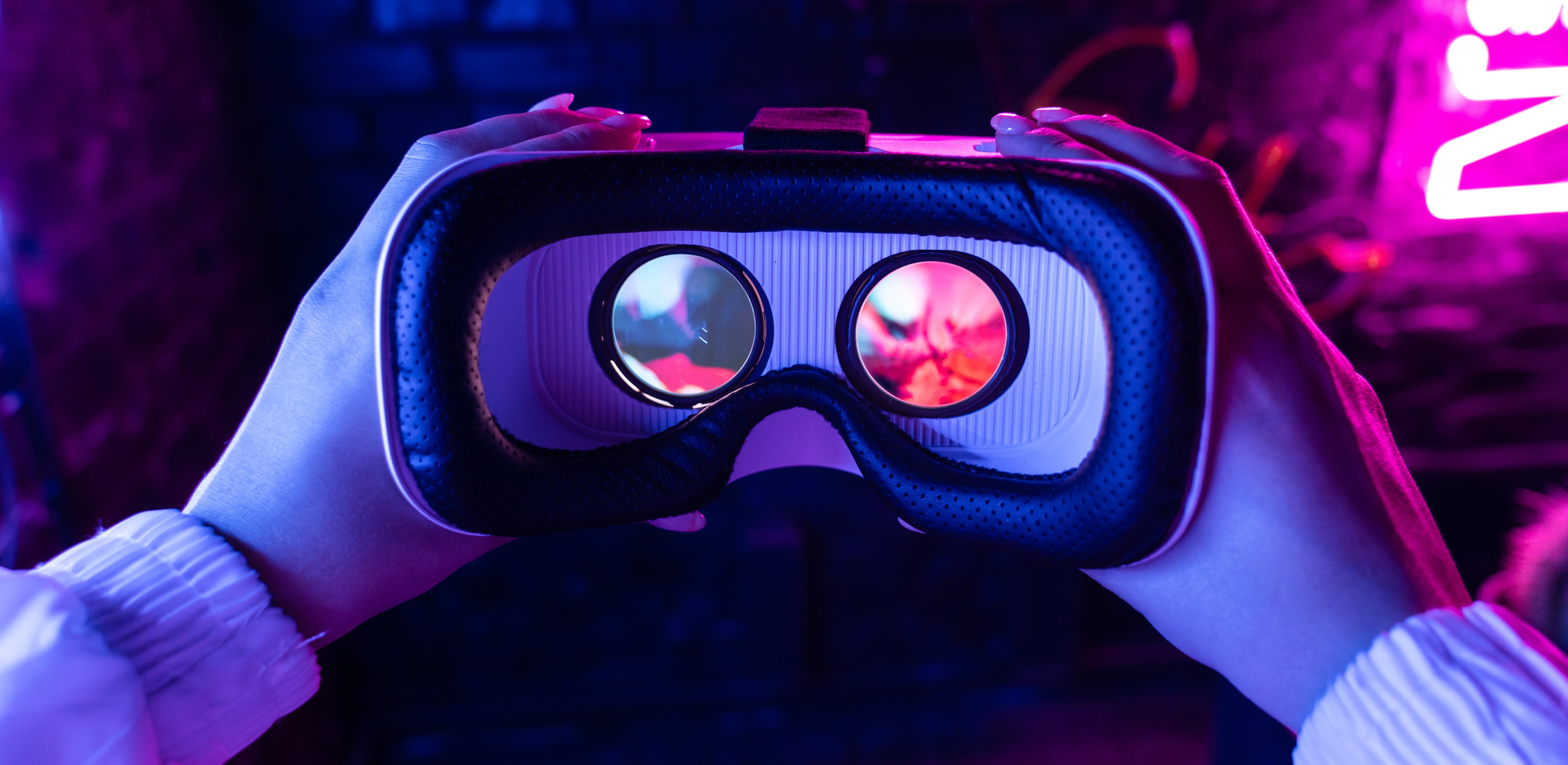Will VR Escape Rooms Replace Physical Escape Rooms?
Posted on: 2024-05-27
As an escape room owner, you're always looking for ways to improve your business and offer unique experiences to your customers. One innovation that’s been making waves in the industry is VR. Every day, more places open up with a new VR escape room, and you're not alone among escape room owners worried about what this means for your industry. But is it a threat for your business, or an opportunity?
How Do VR Escape Rooms Work?
VR escape rooms use virtual reality technology to create immersive environments where players can interact with their surroundings in ways that are impossible in the physical world. Participants wear VR headsets that display 3D environments, and they often use hand controllers to manipulate objects and solve puzzles within these virtual spaces. The experience can range from solving mysteries in a haunted house to exploring alien worlds, all with a level of detail and immersion that enhances the overall adventure.
Differences Between VR and Traditional Escape Rooms
- Physical Space vs. Virtual Environment: Traditional escape rooms rely on physical rooms filled with props, locks, and puzzles. In contrast, VR escape rooms offer limitless possibilities for environments and scenarios that would otherwise be impossible. This allows for more imaginative and diverse themes that might be difficult or expensive to create in a physical setting.
- Interactivity: While traditional escape rooms have physical objects to manipulate that make the experience feel more realistic, VR escape rooms provide digital interactions that are equally, if not more, engaging. Players can perform actions that aren't feasible in real life, such as slaying dragons and solving puzzles across time, adding a unique twist to the gameplay.
- Setup and Maintenance: Physical escape rooms require regular maintenance of props and sets, which is time-consuming and costly. VR escape rooms, on the other hand, only need occasional updates, reducing the overall maintenance burden. They also take just a few minutes between sessions to clean and reset, meaning more time for customers to explore the games.
With so many advantages, it is understandable why some entertainment businesses opt for adding VR rooms, but that doesn’t mean that all hope is lost for traditional escape rooms.
Will VR Replace Physical Escape Rooms?
The short answer is no. VR escape rooms are not meant to replace traditional escape rooms but to complement them. Each type of experience offers something unique. Physical escape rooms provide tactile feedback and a sense of realism while VR offers creative freedom and immersive experiences beyond physical limitations. By incorporating VR, you can diversify your offerings and attract a broader audience.
- Cost of Implementation: Investing in VR technology may seem daunting due to the initial costs. However, many of these costs have a quick ROI as they have wide appeal among general audiences alongside enthusiasts. Additionally, VR escape rooms are updated with new content more easily than physical rooms, offering repeat customers fresh challenges without significant new investments.
- Technical Issues: Modern VR systems are increasingly reliable, and with proper training for your staff and regular maintenance, most technical problems are minimized. Partnering with experienced VR providers like vrCAVE can help you train your staff to handle the games and equipment. Being in the business since 2017, we’ve seen it all!
- Space Requirements: VR escape rooms can be set up in relatively small areas compared to traditional escape rooms with the same space being reused for countless virtual games. This means that if you have more than one room in your venue, you can offer both VR and physical escape rooms simultaneously.
How Does VR Help Your Physical Escape Room?
Virtual Reality is not a replacement for physical escape rooms but a powerful tool that will enhance your escape rooms. Embracing VR positions you at the forefront of entertainment innovation, ensuring you remain competitive in a rapidly evolving market.
- Attracting New Customers: Adding VR to your escape room business adds to the experience your customers expect as more players are looking for VR experiences. It also appeals to a younger demographic more familiar with VR through gaming and other media.
- Increasing Repeat Visits: One of the challenges with traditional escape rooms is that most players don’t want to play in the same room again. Meanwhile, with a service like vrCAVE, your customers can play 8 games in the same space, plus a new one every year to bring old customers back.
- Marketing Opportunities: Adding VR experiences also sets your business apart from competitors. You can market your escape room as a cutting-edge entertainment venue that offers physical and virtual experiences, appealing to a wider audience. This will also lead to word-of-mouth promotion as customers share their unique experiences with friends and family.
- Flexible Pricing Models: With the premium nature of VR experiences, you can implement flexible pricing models. For example, you could offer package deals that combine physical and VR escape rooms or tiered pricing that reflects the different levels of technology and immersion offered.
Investing in VR is about expanding possibilities and providing unforgettable experiences that complement traditional escape rooms' tactile and real-world charm. By offering both, you will cater to diverse preferences and create a dynamic, engaging, and profitable business.
Click here to learn how easy it is to set up a VR escape room in your building.



